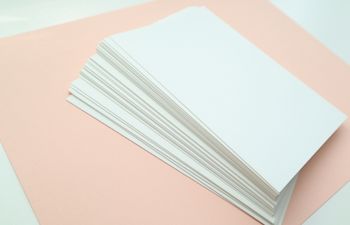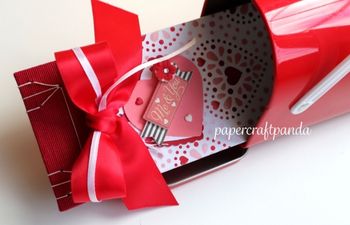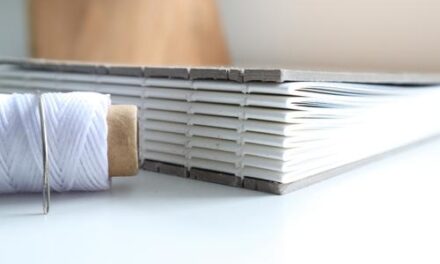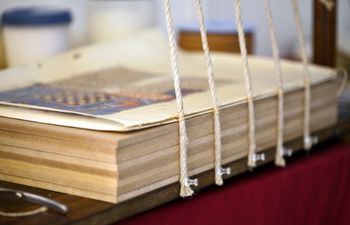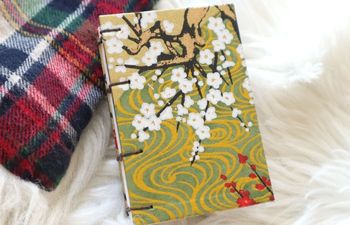If you’re wondering how to bind single pages or sheets of paper, you’re not alone. I usually hear this question from:
- Photographers looking for a way to bind large format prints,
- Independent Authors who need a cost-effective way to bind their self-published books, and
- Artists & Art Students in need of a way to bind everything from special edition watercolor paintings to professional art portfolios.
- Individuals who would like to bind their children’s art, performance programs, etc. into a memory book
Understanding how to bind single pages is usually the reason people hear about book binding in the first place. They’re often surprised to see books are still made by hand and get excited about doing it themselves. In this post, I’ll share several ways to bind single pages or sheets of paper into a book you can be proud of!
Single Sheet Binding Methods
Binding methods are techniques used to make books. These methods have been developed over time and all over the world. While most methods use folded sheets, there are some specifically for single pages.
Perfect Binding

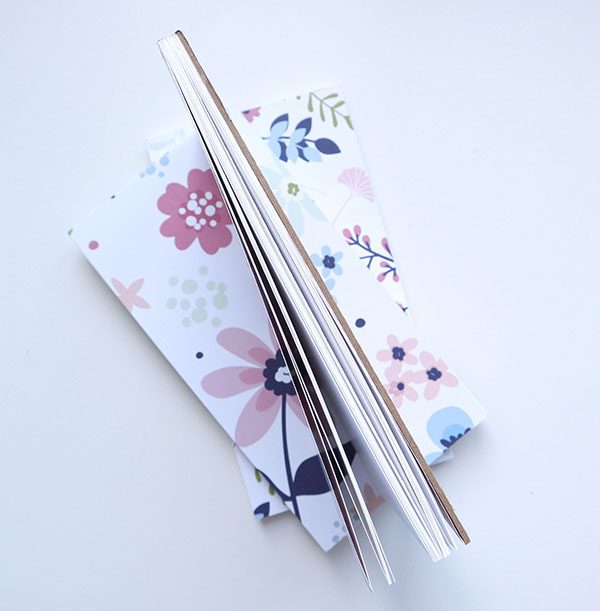
The Perfect Binding method is one of the most well-known for single sheets or pages. This technique binds pages at the spine using adhesive. Modern paper back books and notepads use this method.
Here are a few tutorials where I use this method:
- Make a Handy Notepad in 15 Minutes or Less
- How to Make an Easy-but-Gorgeous Tear Away Notepad
- Tutorial | How to Make a Handmade Love Notes Pad with Reusable Cover
The biggest down side to the Perfect Binding method is the use of adhesive. In many cases, applying adhesive to the paper is not desirable. For these, the next few methods might be helpful.
Japanese Stab Binding
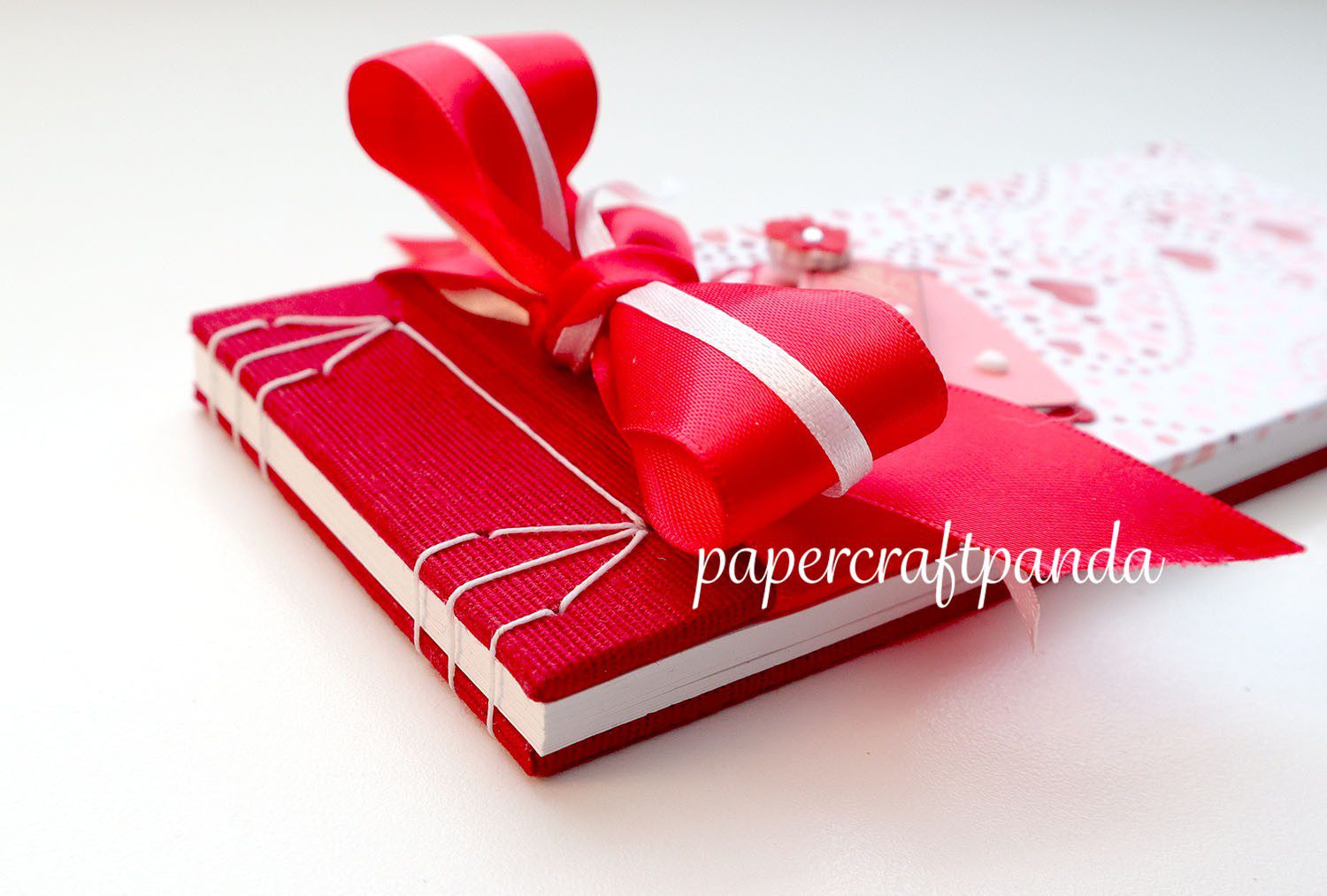
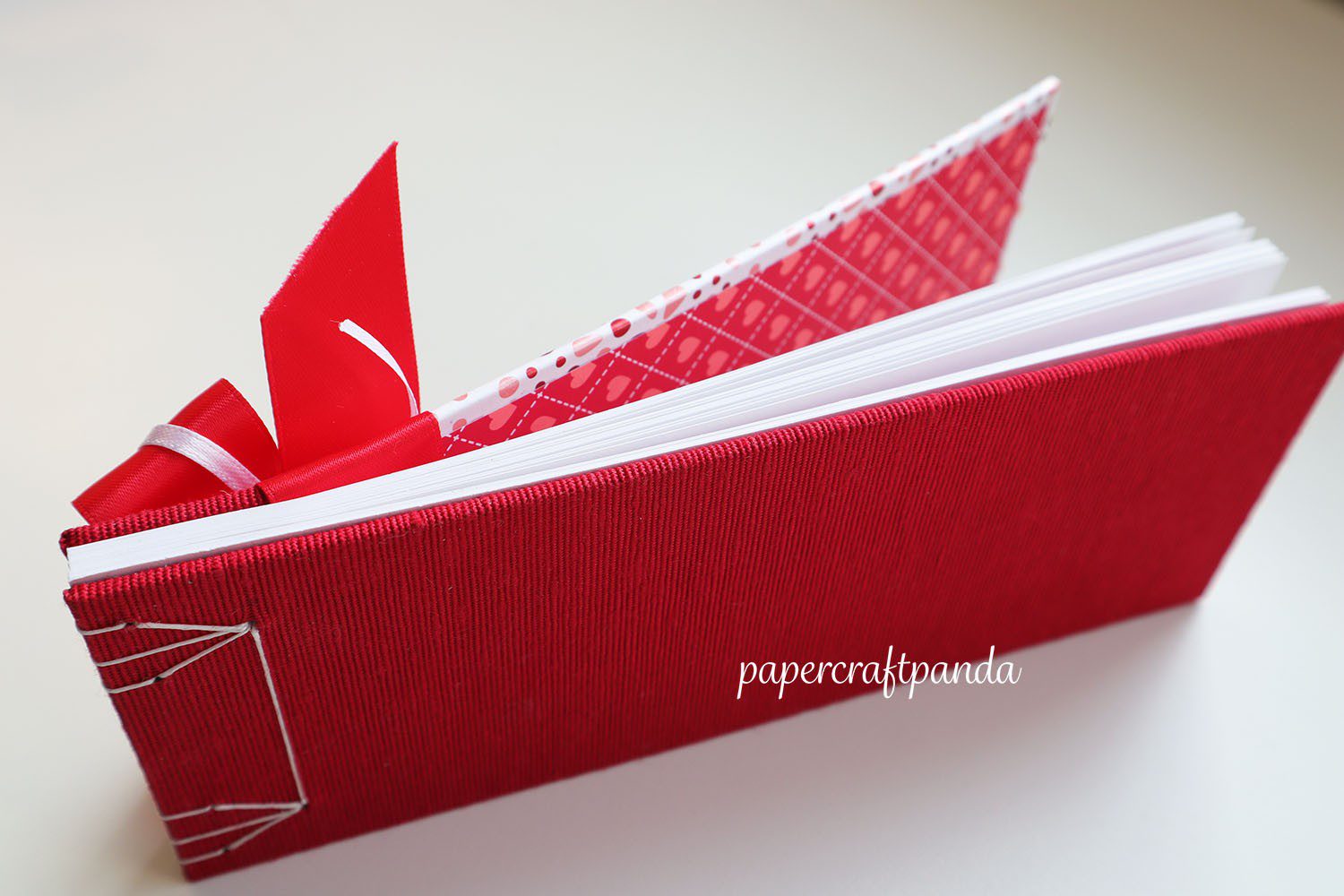
The Japanese Stab Binding method is the second most well-known approach to binding single pages or sheets. This ancient method uses strong thread and intricate patterns to hold sheets together. The patterns range from simple to intricate and are a great way to add your own artistic style to the book.
I’ve written more about this method in my Overview post as well as a very recent tutorial:
- Overview | How to Create a Book using the Japanese Stab Binding Method
- Tutorial: How to Make an Adorable Coupon Book for Couples
The down side to the Japanese Stab Binding method is that it will not lay open flat. If you’re in need of a single sheet binding that lays open flat, keep reading.
Single Sheet Coptic Binding

The Coptic Binding method is ancient and still in use today because of its strength and simplicity. In 2001, a well-known bookbinder by the name of Keith A. Smith released his fourth book about non-adhesive bindings. His book is titled Smith’s Sewing Single Sheets and features seven different ways to bind single pages or sheets together.
One of the methods discussed in his book is the Single Sheet Coptic Binding. Like the standard Coptic binding, this technique uses a chain stitch to hold the cover and pages together. Instead of folded pages, each sheet is sewn individually.
This approach has a few things to consider:
- Page thickness is important. Reinforce thin sheets with book tape so they won’t tear.
- Page gaps will make the spine thicker than the rest of the book. This is great if you’re making an album or scrapbook, but might be a pain if you want the book to look flush.
- Separate needles and thread are used for each sewing station. Sewing stations are usually 3/4″ apart, so some large books may need up to 8 separate needles and thread.
Sewing each station individually is the down side to this method, because it requires so many needles and pieces of thread. I choose to think of this as an artistic opportunity instead of an annoyance.
Post Binding
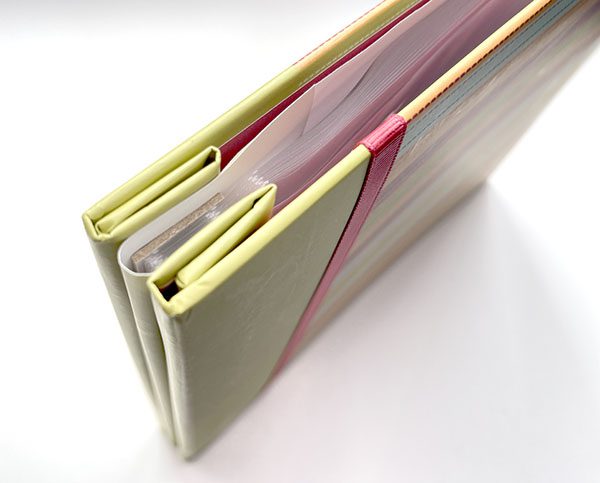
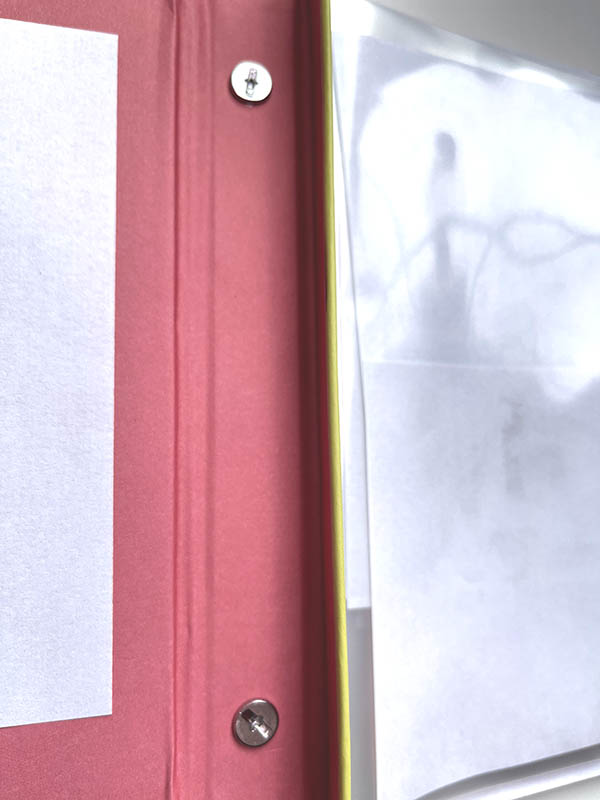
The Post Binding method uses screw posts of varying lengths and sizes to connect pages without adhesive. Usually, a set of thin boards sit between the book cover and pages, connected by posts.
Some screw posts are permanent. Others, like the Chicago screw, be taken apart later to add more pages. Since posts come in a variety of shapes and sizes, there are virtually no limits to how large or small a book can be. While posts are easy to work with, they do require some special tools.
Here are a few things to keep in mind with Post Bindings:
- Hole and post size need to match, otherwise the book will be too loose or – even worse – too tight.
- Photo, art and scrapbook albums are great for this method.
- Metal posts have a certain aesthetic. If you’re looking for something softer and less industrial, try a different method.
Spiral Binding

Spiral Bindings use a piece of coiled material woven through punched holes on the edge of each sheet of paper. This binding process can be tedious to do by hand, so binders often use a special machine to achieve the right result without tearing pages.
Here are a few things to consider with this method:
- Coil material matters. Thin plastics can look cheap and certain metals can be expensive
- Documents, reports, manuals and theses are great for this method
- Spiral binding machines come in all sorts of shapes and sizes, so it takes some effort to find an affordable option that will work for your needs
5 Tips for Binding Single Pages or Sheets
- Some methods need more tools and equipment than others. Choose a method within your budget.
- Decide if you’re comfortable drilling holes into your sheets. If not, use an adhesive-based method.
- How many copies do you need to bind? Most people can handle 3-5 copies. Publishers are more expensive, but can produce dozens of copies in a short period of time.
- If the pages are fragile, consider using clear book tape to reinforce edges before binding.
- Should the book lay open flat? If so, the Single Sheet Coptic Binding, Post Binding and Spiral Binding are your best options.
Good luck with your binding project!
More bookbinding goodness
✨ What tools do I need to get started bookbinding?
- Bookbinding Tools & Supplies Quick Start Guide – learn all about book making tools, which to buy first & where to go online
- Pick up my popular Complete Starter Bookbinding Tools Kit – all the bookbinding essentials in one spot
🌟 Looking for a simple way to start making books?
Try a Complete Book Materials Kit. Each one has everything you need (+ tutorials & videos) to make a beautiful book without all the fuss.
Thank you for taking me along on your book making journey!
Misty
